In order not to be left without fresh herbs, some summer residents are engaged in growing parsley in a greenhouse in winter. This method makes it possible to obtain the desired volume of seasoning for culinary and medicinal purposes. Parsley is not a moody plant. She needs minimal care, and creating favorable conditions is very simple in any greenhouse. In this way, root or ordinary varieties of parsley are grown by seed or the greens are expelled from root crops.
Content
Features of growing parsley in a greenhouse
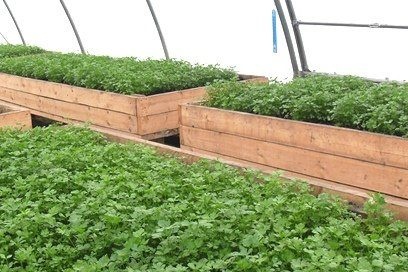 Even a beginner gardener can engage in the cultivation of greenery. Unlike other crops, parsley is easy to care for. The sowing process is simple. With good care, greenery is actively growing. Therefore, during the winter, you can collect several crops. Parsley tolerates short-term frosts well, even if they occur regularly.
Even a beginner gardener can engage in the cultivation of greenery. Unlike other crops, parsley is easy to care for. The sowing process is simple. With good care, greenery is actively growing. Therefore, during the winter, you can collect several crops. Parsley tolerates short-term frosts well, even if they occur regularly.
Parsley is planted in a heated greenhouse since the end of January. If heating is not provided in the shelter, then planting parsley in it in the autumn before winter is completely undesirable. In the southern regions, you can grow this seasoning in an unheated shelter before the onset of winter colds.
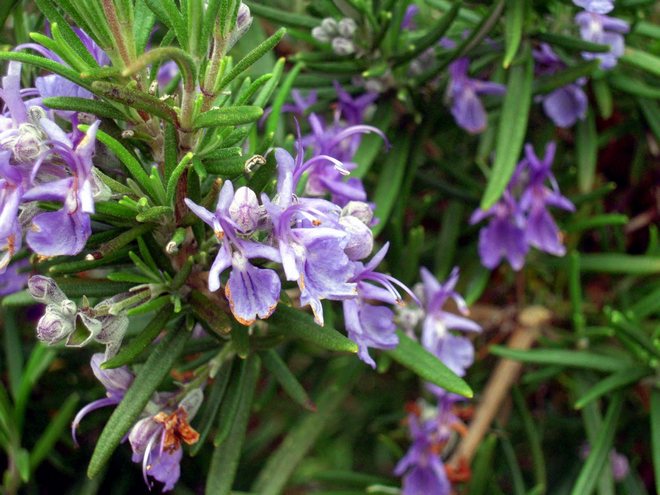 You may be interested in:
You may be interested in:In spring, seeds are planted in greenhouse soil at the beginning. Then they begin to germinate at temperatures from 0 to +5 degrees. To obtain an ultra-early harvest, parsley is sown before winter in late October. Leaf varieties are sown every two weeks. In this case, the harvest of fresh herbs is removed uninterruptedly.
While the plant is gaining green mass, it needs a temperature of no higher than +12 degrees. When air warms up to +20 and above, parsley feels discomfort and begins to fade.
The following conditions are created for growing lush and tasty greens in a greenhouse:
- Provide artificial lighting. Indeed, in the conditions of a short day in winter, the plant does not have enough sunlight.
- Bushes are watered after cutting, only when the top layer of soil is dry.
- It is favorable for parsley when the humidity in the greenhouse is 75%.
- There should not be a sharp temperature drop or drafts.
- To maintain the temperature and humidity at the optimum level, the greenhouse is periodically ventilated.
Type and variety selection
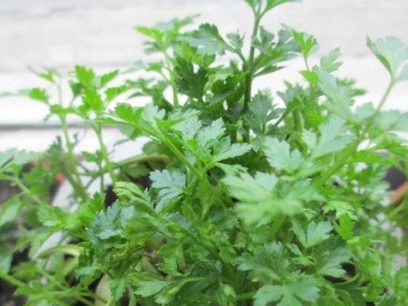 Parsley is divided into root and leaf. The first species has an underground part in the form of dense, thick root crops. They are used as a seasoning for preserving vegetables, making sauces. For culinary purposes, the green part of the plant is also used, but only after the ripening of root crops.
Parsley is divided into root and leaf. The first species has an underground part in the form of dense, thick root crops. They are used as a seasoning for preserving vegetables, making sauces. For culinary purposes, the green part of the plant is also used, but only after the ripening of root crops.
The most delicious varieties of this group:
- Sugar
- Piquant;
- The final;
- Konika
- Alba
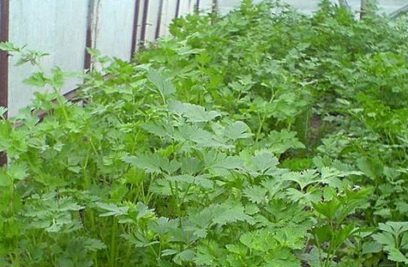 In leaf varieties, only the green part is consumed. She has a very delicate taste. In height, such bushes grow up to 50 cm and up to 30 cm is the width of the plant. Leaf parsley is consumed raw, dried or frozen. The following varieties are popular from this group of spices:
In leaf varieties, only the green part is consumed. She has a very delicate taste. In height, such bushes grow up to 50 cm and up to 30 cm is the width of the plant. Leaf parsley is consumed raw, dried or frozen. The following varieties are popular from this group of spices:
- Aster;
- Hero;
- Breeze;
- Carnival;
- Rosava;
- Appetizing;
- Green crystal.
Soil preparation in the greenhouse
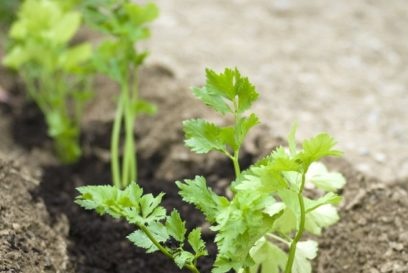 Before you grow parsley, prepare the soil. The crop productivity from 1 sq. M largely depends on this. meter. It is more convenient to prepare spring soil for sowing seeds in the fall. If parsley is planted before winter, then all preparatory work is completed a month before sowing seeds. At this time, along with digging, useful fertilizers are introduced.
Before you grow parsley, prepare the soil. The crop productivity from 1 sq. M largely depends on this. meter. It is more convenient to prepare spring soil for sowing seeds in the fall. If parsley is planted before winter, then all preparatory work is completed a month before sowing seeds. At this time, along with digging, useful fertilizers are introduced.
As top dressing, use compost, humus or rotted leaves. They are made in the amount of 5 kg per square meter. Organic fertilizers especially well activate growth and increase the yield of parsley leaf varieties. After fertilizing, the soil is well watered with water and covered with polyethylene.
How to grow parsley seeds
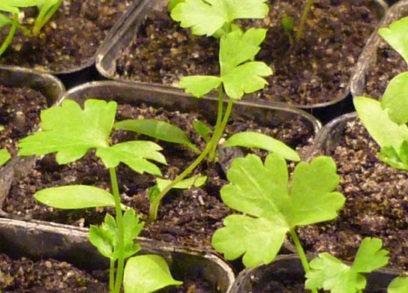 Parsley seeds contain oily esters that delay the emergence of seedlings. To reduce germination time, special processing of the material for sowing is carried out.
Parsley seeds contain oily esters that delay the emergence of seedlings. To reduce germination time, special processing of the material for sowing is carried out.
Selected seeds are soaked in purified, heated water for 72 hours. Twice a day it is changed to fresh. Then a pinkish solution of potassium permanganate is prepared and the seeds are lowered into it for half an hour. This procedure is necessary for the disinfection of seed material.
Seeds are placed in gauze folded several times and moistened with water so that they germinate. In this state, they are left until the appearance of white sprouts. After this, the seed material is dried and proceed to sowing.
Furrows with a depth of 1.5 cm are made on the beds in advance, the interval between the rows is 10 cm. They are abundantly watered with heated water. Seeds are distributed along the furrow with an interval of 4 cm, covered with soil and slightly compacted. After completing the sowing, the soil is moistened with warm water from the spray gun, so as not to wash off the soil. The first shoots appear after 2 weeks.
How to plant parsley with rhizomes
Preparation of seed material and germination takes several days. In order not to waste time on this, many gardeners drive parsley in a greenhouse or in a greenhouse from rhizomes.As a material for planting, several large root crops have been harvested since autumn. They are dug up at the end of October with an earthen lump and placed in a wooden box. In this form, rhizomes are stored until spring in the basement or cellar.
With the onset of spring, they begin to plant root crops in previously prepared soil. They are buried by 10 cm, positioning obliquely at an angle of 45 degrees. A distance of 5 cm is maintained between individual specimens. Rows are made with an interval of 10 cm. Rhizomes are positioned so that their neck remains uncovered by the ground.
Care
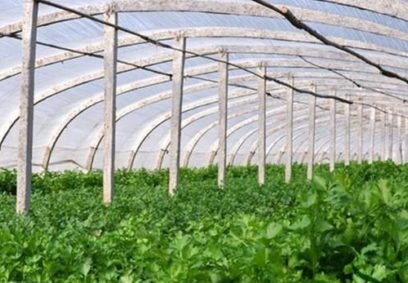 With proper care, the parsley crop grows plentiful. Additionally fertilized soil increases the yield of this crop. Parsley needs regular watering and cleansing of weeds. Greens are especially sensitive to their presence in the first stage of growth. Between irrigation, the soil is loosened to improve air access to the roots.
With proper care, the parsley crop grows plentiful. Additionally fertilized soil increases the yield of this crop. Parsley needs regular watering and cleansing of weeds. Greens are especially sensitive to their presence in the first stage of growth. Between irrigation, the soil is loosened to improve air access to the roots.
 You may be interested in:
You may be interested in:Watering
Regular irrigation avoids drying out of the soil. But you can’t moisten the plants too much. Most demanding irrigation include leafy varieties of parsley. Plants are watered in the morning or evening hours. To do this, use settled, soft water, warmed up to room temperature.
Fertilizer application
Plants are fed with the frequency that is provided for by the characteristics of the cultivated species and variety of spices. Leaf parsley is fed twice during the growing season. To do this, add 50 g of nitrate per square meter of land.
Parsley root varieties are fed with potassium and phosphorus. In the spring, mineral fertilizer complexes are added for this. During ripening, root crops enrich the earth with potassium salt and superphosphate. The amount of these fertilizers is 50 g and 70 g per meter, respectively.
Possible diseases and pests
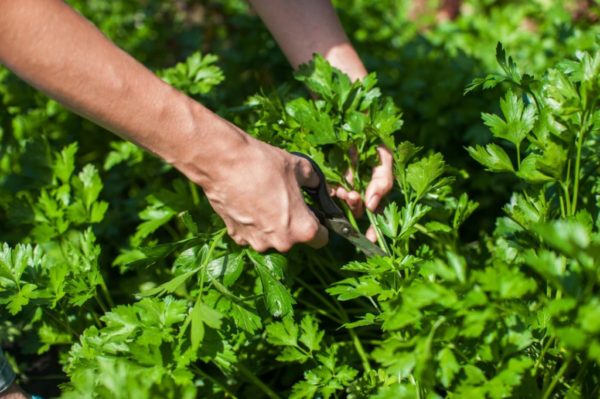 Parsley diseases usually develop due to non-compliance with the rules of agricultural technology. Often parsley is affected by black rot and powdery mildew. To get rid of these diseases, plants are treated with fungicidal preparations with a high copper content.
Parsley diseases usually develop due to non-compliance with the rules of agricultural technology. Often parsley is affected by black rot and powdery mildew. To get rid of these diseases, plants are treated with fungicidal preparations with a high copper content.
Of the insect pests, parsley is often attacked by gourds and carrots. They parasitize on bushes, lay eggs, hatching insects feed on root crops and the green part of plants. To combat them, use a solution based on a decoction of onion peels. Liquid soap is added to it to improve adherence. You can prevent the attack of insects by dusting with tobacco dust, wood ash or red pepper.
Harvesting
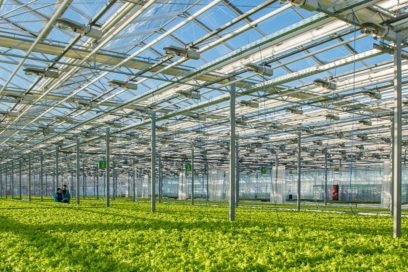 Depending on how much parsley grows and which variety is grown, the greens are removed one or more times. This crop produces consistently high yields. If the seeds were pre-treated during planting, the first cut of greens is made 20 days after sowing. When sowing was carried out with dry seeds, this period increases to 45 days.
Depending on how much parsley grows and which variety is grown, the greens are removed one or more times. This crop produces consistently high yields. If the seeds were pre-treated during planting, the first cut of greens is made 20 days after sowing. When sowing was carried out with dry seeds, this period increases to 45 days.
In an unheated greenhouse with the onset of frost, root crops are dug up and sent for storage or for food. Greens are cut and used for cooking. When grown in a heated shelter, greenery is cut throughout the winter. It is used as food, stored fresh in the refrigerator, dried or frozen.
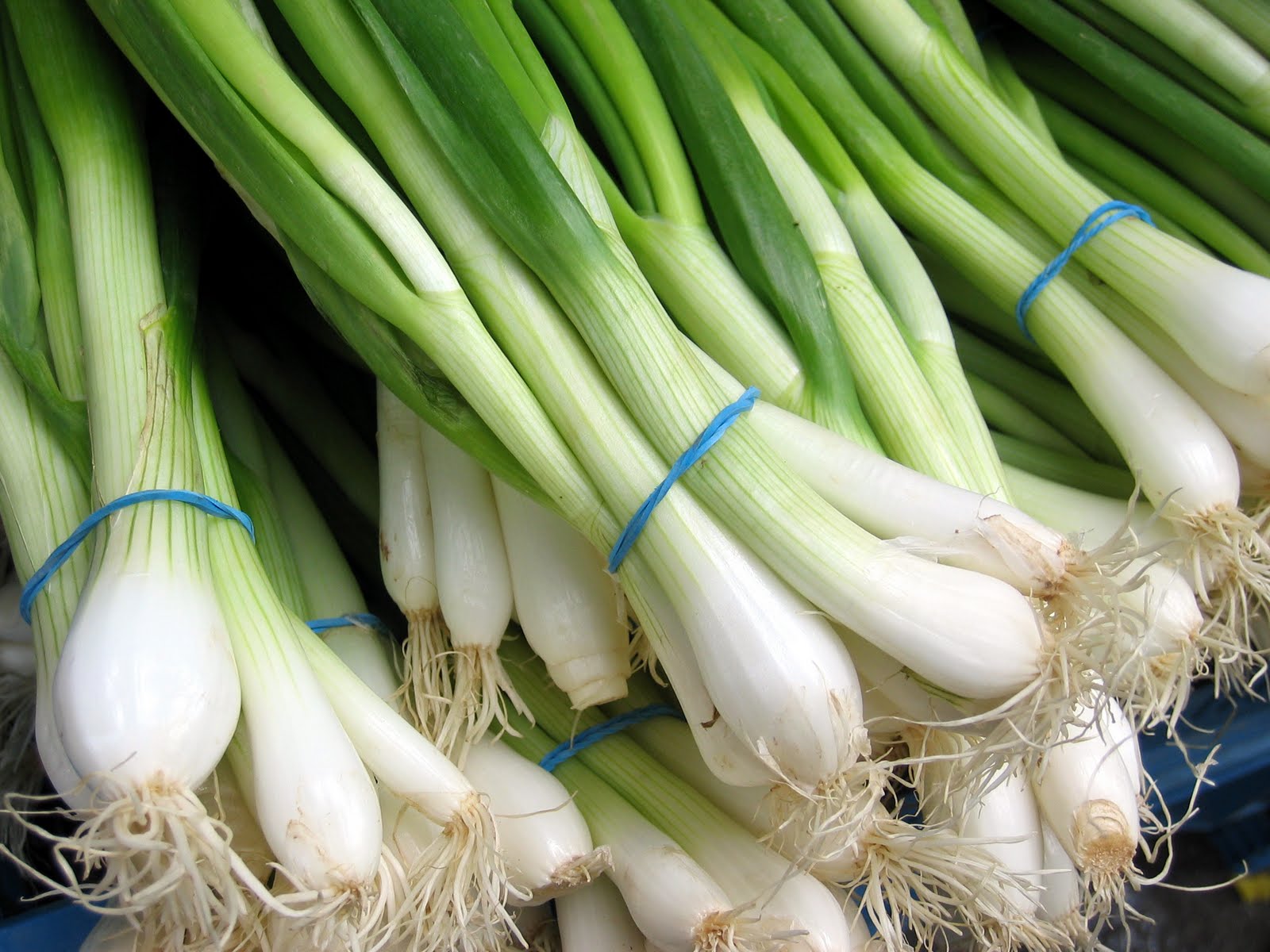 You may be interested in:
You may be interested in:Reviews
Michael, 44 years old:
After harvesting, we plant parsley in the greenhouse so that it does not stand idle. It grows rapidly and gives a good harvest. As a result, we always have fresh and tasty greens at the table.
Eugene, 38 years old:
I plant parsley in the greenhouse from autumn to winter. I like this way because in the spring it is possible to get fresh herbs a few weeks earlier than with conventional cultivation. At the same time, care for plants is minimal.
Finally
It takes a little effort to grow unpretentious parsley in a greenhouse or greenhouse. With the correct implementation of all agricultural practices and observing the temperature regime, growing a crop is very profitable. Several crops can be easily harvested during the season.

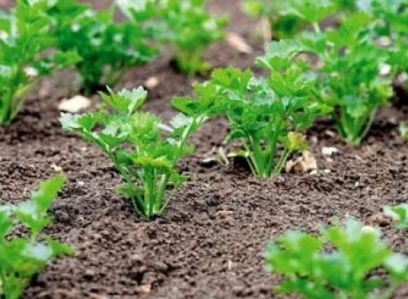
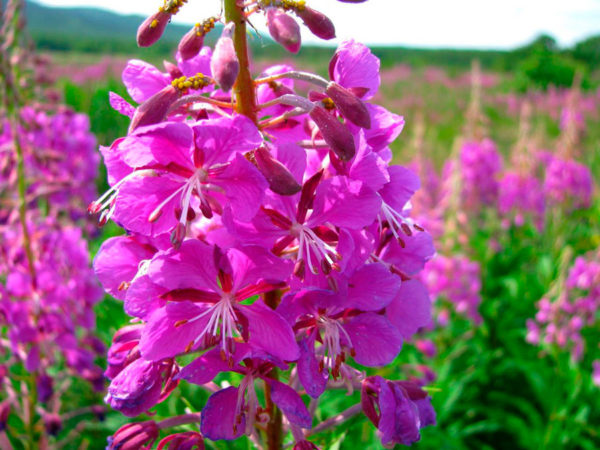
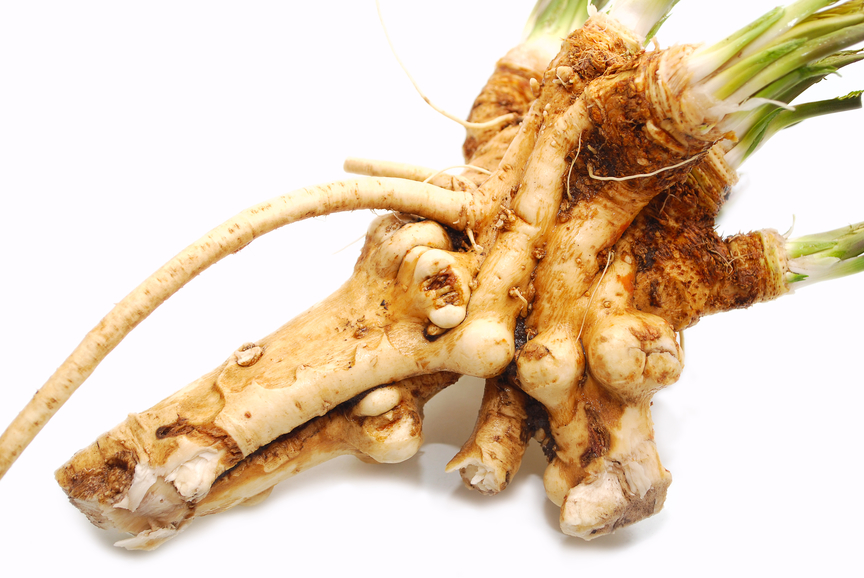
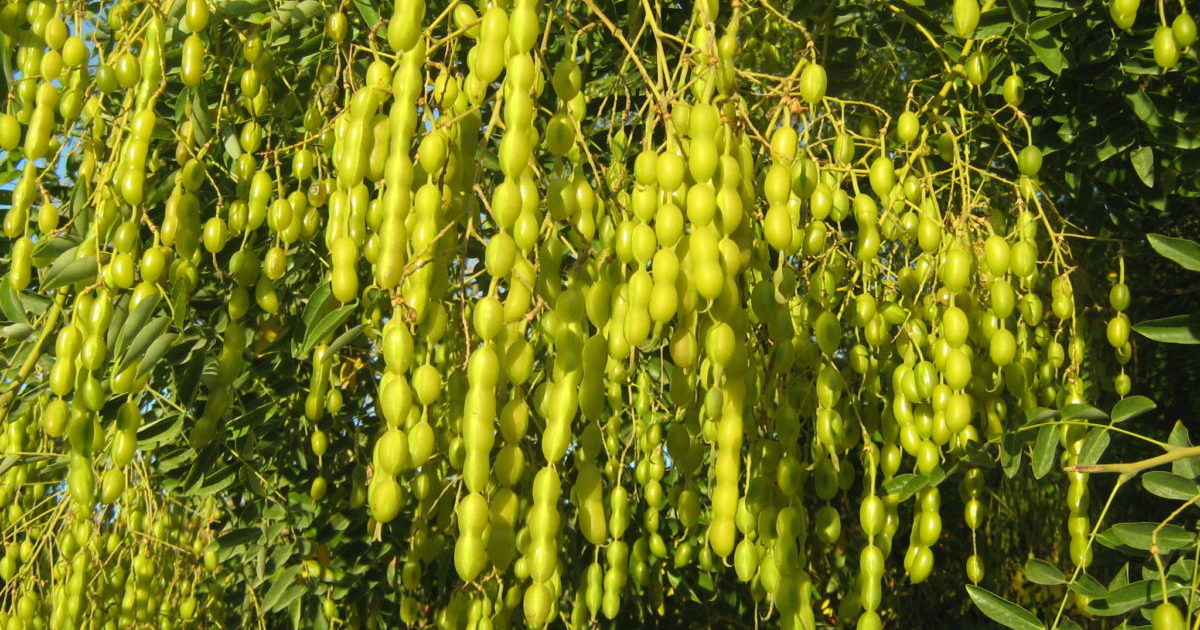
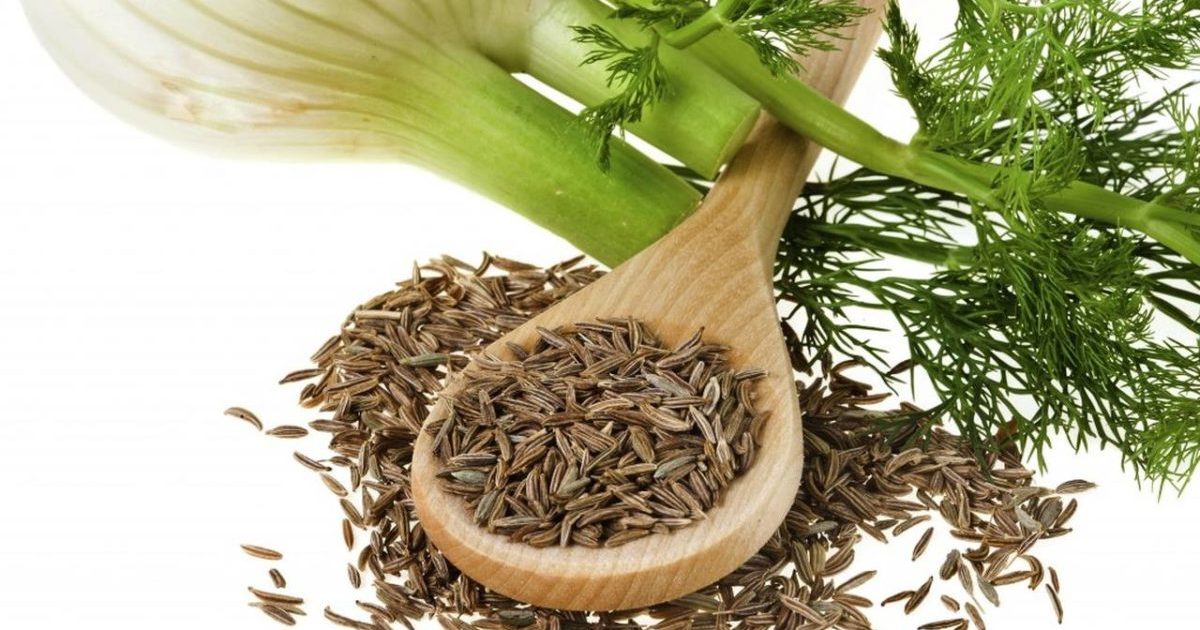 Fennel - beneficial properties and contraindications
Fennel - beneficial properties and contraindications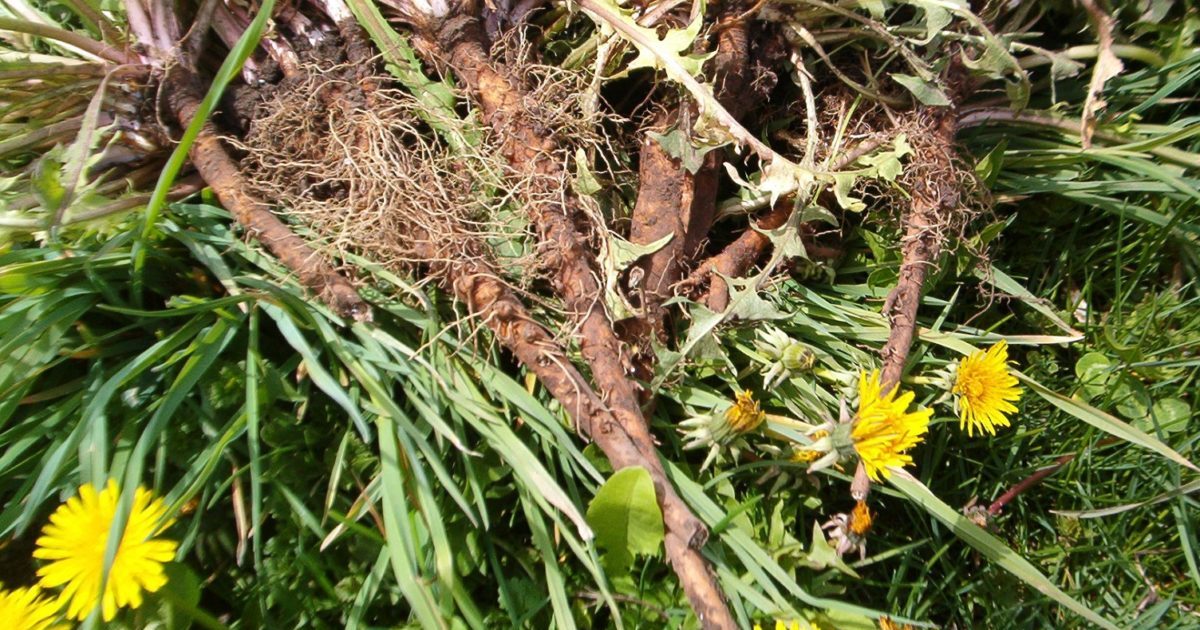 Dandelion Root - Health Benefits and Contraindications
Dandelion Root - Health Benefits and Contraindications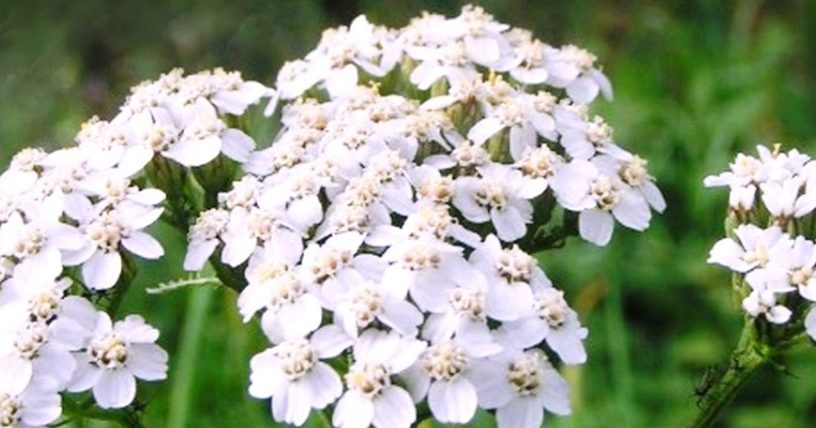 Yarrow - beneficial properties and contraindications for health
Yarrow - beneficial properties and contraindications for health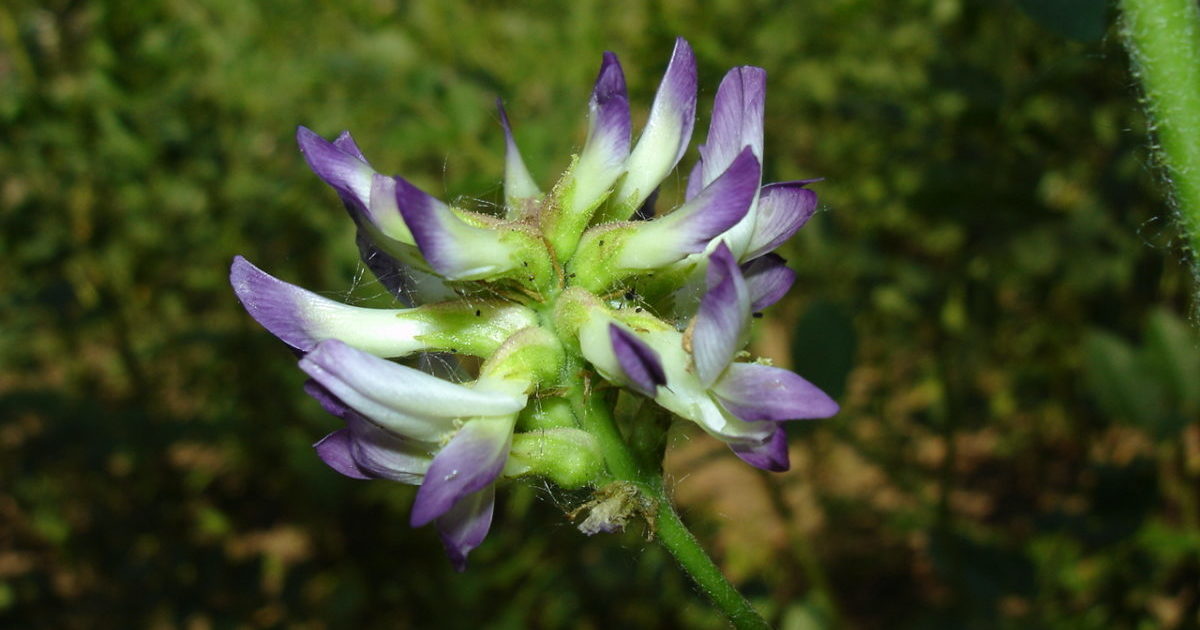 Licorice - beneficial properties and contraindications for health
Licorice - beneficial properties and contraindications for health